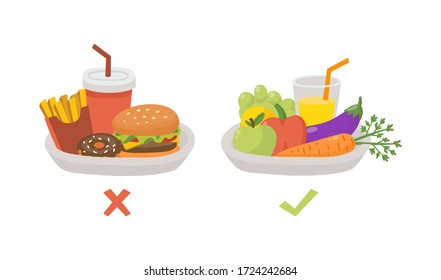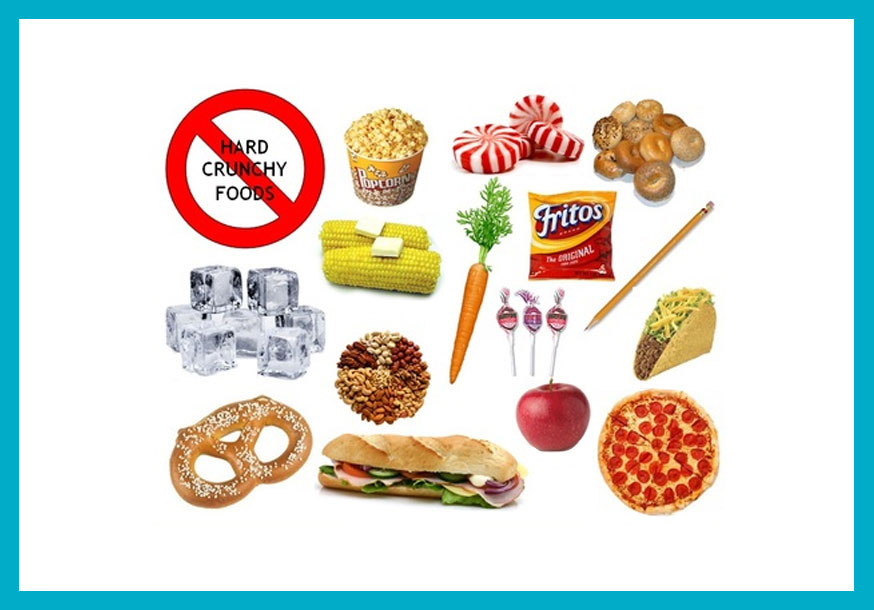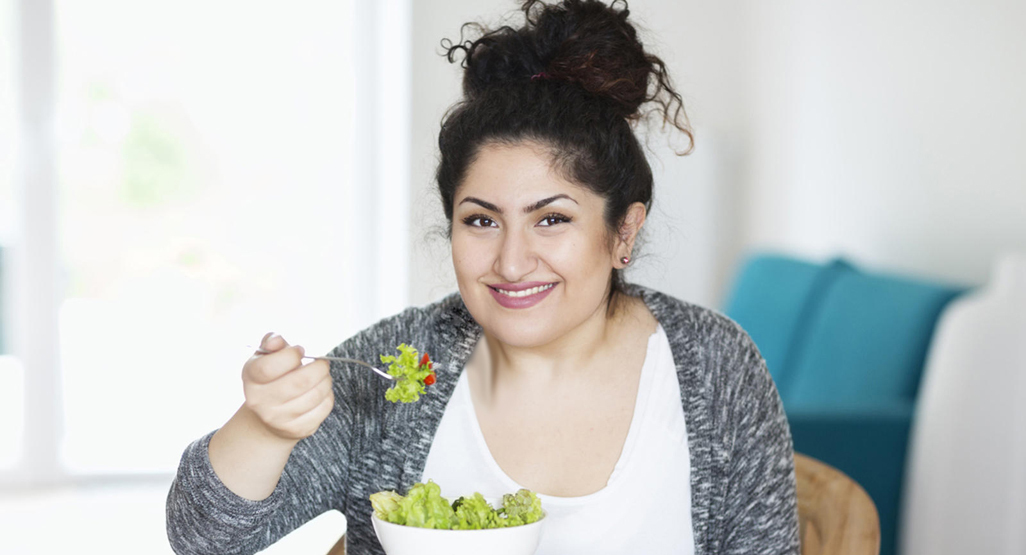
Diabetic patients have a wide range of options for food. It is important to select healthy foods that are appropriate for their needs and lifestyle. For controlling blood sugar levels, it is important to eat a balanced meal. Legumes are rich sources of protein and fiber as well high-quality carbohydrates. Soluble fiber is a good source of energy and helps curb hunger. A recent study showed that legumes reduce type 2 diabetes risk. It also improves blood sugar control.
As a low-carb food, avocados are a great choice for diabetics. Avocados provide healthy fiber and healthy oils. Walnuts are a great choice for diabetics as they have high levels of omega-3s. Walnuts are best consumed in small amounts. Chickpeas can be eaten, which are high in fiber as well as protein. They are high-protein and low-carb snacks, since they have a lot of dietary fiber.
While many people don't like spinach's taste, the beta-carotene in pumpkins can be converted to essential vitamin A. For added fiber, you can mix the skin with other vegetables if you don't want to eat it. They can be prepared and eaten as part of your meal. For an extra protein boost, you can mix a scoop of quinoa with your favorite soup or smoothie.

A diabetic can also enjoy Greek yogurt as a snack. This starchy vegetable can be eaten as a snack or breakfast. A small portion is six to eight grams. Be sure to read the labels carefully, as some brands may contain sugar. Fruit can be eaten in moderation. Flax seeds contain the lignans. These lignans help improve insulin sensitivity.
Sweet potatoes are a good source of lean protein and high in fiber. You can also cook sweet potatoes and enjoy them as a snack. Despite being high in carbs, sweet potatoes are low in sugar and are ideal side dishes for lean protein and vegetables. They are also rich in magnesium, which can lower the risk of developing diabetes and prevent stroke. These foods are great for diabetics.
A wide range of fruits, vegetables and other foods are high in antioxidants. They can be used in salads and smoothies and are low in glycemic index. In addition to berries, you can also use Greek yogurt for salads and yogurts. These can be added to any yogurt you prefer. You can make smoothies with them. When preparing fruit for salads, you can use them to enhance the taste of your desserts.
Diabetic diets have to be balanced. Ideally, the best foods for diabetics should be low in sugar, but not in saturated fats, or trans fats. Instead of being high in fat, they should be high-in fiber, protein,, and fiber. A diabetic diet should not only be made up of whole grains but also fruits and vegetables. Healthy fats are an important part of a diabetic diet. These foods are rich in healthy fats.

A healthy diet for diabetics includes plenty of fruits and vegetables. Organic, fresh, and ripe fruit and vegetables are the best. Low-calorie foods should be considered the best food for diabetics. There are many ways you can include fruits and vegetables in your daily diet. You can also eat nuts every single day. These are delicious, healthy foods that diabetics can enjoy. You must be careful about how much sugar you consume to avoid developing diabetes.
Greek yogurt is another food that diabetics can eat. It is rich in fiber and contains very few carbohydrates. It can be eaten either as a snack and as a dish. You can also include whole grains. They are low in calories and high in fiber. Whole-grain breads are a good choice for diabetics due to their low sugar content. These breads and pastas are also a good source of fiber.
FAQ
What's the difference between intermittent fasting versus calorie restriction
Calorie restriction means eating less calories than your body requires. Intermittent fasting differs from other types of intermittent fasting in that it does not restrict calories. Intermittent fasting focuses more on eating fewer calories every day.
Intermittent fasting works better because it allows for you to enjoy your favorite foods without feeling guilty.
Both methods have their advantages and disadvantages. You will need to decide which method is best for you.
What level of exercise is required to lose weight?
There are many factors that influence the amount of exercise required to lose weight. These include your gender, age, body type and how heavy you are. Most people require moderate activity at least five days per week.
The American College of Sports Medicine recommends 150 minute of moderate-intensity aerobic activities per week. These should be done over three days.
For example, if your goal is to lose 10lbs, aim for 300 minutes of moderately intense exercise per week. This includes activities such brisk walking and swimming laps, bicycling, dancing, playing tennis or golfing, hiking, running, jogging and other similar activities.
You can start out by doing 20 minutes of intense activity three times a week. This could be lifting weights, sprinting, jumping rope, and fast walking.
Aerobic exercise can help burn calories as well as build muscle mass. Muscles can burn more calories that fat. Building muscle and losing weight can help you reach your goals faster.
How can busy people lose excess weight?
To lose weight, eat less and do more exercise.
Weight gain is possible if you eat a lot of food. You will also gain weight if your exercise is not enough. Combining these two simple habits will help you lose weight.
How Much Weight Can You Lose in a Week?
Your current bodyfat percentage determines the amount of weight you will be able to lose. It is important to first calculate how much weight you wish to lose. Then, determine your BMI. Your BMI (Body Mass Index) tells you how much weight should be lost to reach your goal. If your BMI is 25 or greater, you're overweight. If your BMI is 30 or higher, you're obese.
For example, let's say you have a BMI of 28.7 and are 200 pounds. To drop to a healthy range of weight, you will need to lose approximately 70 pounds. To see if you're overweight, visit www.healthyminds.com/bmi/.
You can calculate the number of pounds you'll lose each week by knowing your BMI.
(Your Goal Weight - Current Weight)/BMI * 7 Number Of Pounds Lost Per Week
If you want to lose 50 pounds in one month, you'd need 2 weeks' worth of exercise, which equals 56 days, divided by 7 pounds lost per day. That's 8.3 pounds per week.
You could also try this calculator from www.weightlosscalculator.net. This calculator gives you an estimate of how many calories are needed to lose 1 pound per day.
How to Lose Weight?
For people who want to look good, losing weight is a popular goal. The main reason why people want to lose weight is that they want to feel healthier and live longer. There are many different ways to lose weight. Some of them include cardio training, strength training, yoga, pilates, running, swimming, cycling, etc. Each exercise type has its benefits and drawbacks. Walking would be the best exercise if you are trying to lose weight. However, if you want to build muscle mass, then lifting weights would be the best choice. In this article we will discuss the best exercises to use to lose weight.
First, you must decide what kind of diet plan to follow when trying lose weight. You don't necessarily need to eat less food; rather, you just need to eat fewer processed foods and avoid junk food. It is recommended to consume at most 2200 calories per day. Your calorie intake should be reduced if your goal is to lose weight fast. This will allow you to shed fat more quickly.
If you want to know how to lose weight fast, you should start exercising. Exercise helps to reduce calories and improve metabolism. Combine exercise and healthy eating to effectively lose weight. You lose energy when you exercise and you won't eat as much. Your body will burn fat more quickly if you do your workouts regularly. Regular workouts are a way to stay healthy. They keep you fit and prevent diseases such as diabetes, heart disease, obesity, hypertension, etc.
You should try to walk as much as possible. Walking burns around 500 calories per hour. Walking for 30 minutes a day will help you burn approximately 1500 calories. Thus, each week you'll lose 1 pound of body fat. Jogging or running for 10 minutes is also possible. Running burns around 1000 calories an hour. For a goal of losing 5 pounds in 3 week's time, you should run for 20 mins three times a week.
In conclusion, the best way to lose weight is to combine exercise with healthy eating habits. You should find a balance of these two elements.
How to Make an Exercise Plan?
It is important to establish a routine. You must know what you will do each and every day, as well as how long it will take. This will help you plan ahead and prevent procrastination.
It is important to make sure you are getting plenty of variety from your exercise routine. You don't want your exercise to be monotonous.
Also, you need to keep track on your progress. It's important that you keep track of the weight you have gained or lost over time.
It's easy for people to lose motivation when they start by losing weight. If you gain excessive weight, it can be difficult to remain motivated.
So, try to find a balance between gaining weight and losing weight. You won't be able to exercise if your current weight is not comfortable.
Statistics
- It's estimated that half of all American adults attempt to lose weight every year (1Trusted (healthline.com)
- A 12-week study in 20 women with obesity found that walking for 50–70 minutes 3 times per week reduced body fat and waist circumference by an average of 1.5% and 1.1 inches (2.8 cm), respectively (healthline.com)
- According to a study sponsored by the American Council on Exercise, a person weighing around 140 pounds (64 kg) would burn 108 calories at a 30-minute beginner's Pilates class or 168 calories at an advanced class of the same duration (26). (healthline.com)
- According to Harvard Health, it's estimated that a 155-pound (70-kg) person burns roughly 112 calories per 30 minutes of weight training (5). (healthline.com)
External Links
How To
How to Intermittent Fasting
Intermittent fasting is a dieting method where you normally eat one day per week, usually Monday through Friday. The idea behind this is to reduce your overall calorie intake while still getting adequate nutrition. This helps you lose fat more quickly than if it were your normal meals for the entire week.
The most popular form of IF is to limit calories to certain days. This would mean that you skip breakfast each morning, and then eat whatever food you like throughout the day. You could also choose to eat three small meals daily rather than two large ones.
There are many forms of intermittent fasting. Each form of intermittent fasting comes with its own pros and cons. Alternate day fasting, which doesn't require you to change your lifestyle, is the best way to get started. However, not everyone can stick to a rigid schedule. They might prefer to experiment with other methods.
If you want to try intermittent fasting, I suggest starting with alternate-day fasting. This will allow to slowly transition to more extreme fasting regimens without drastically changing your lifestyle.